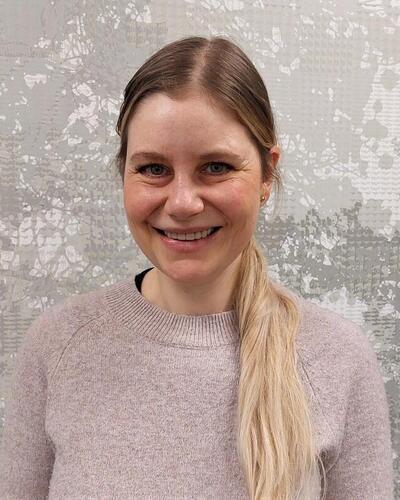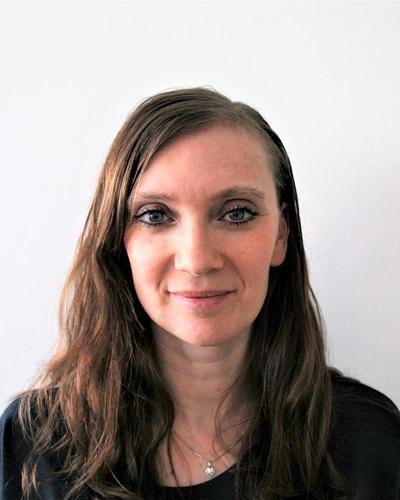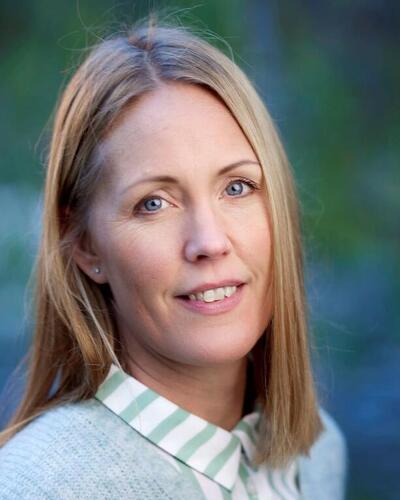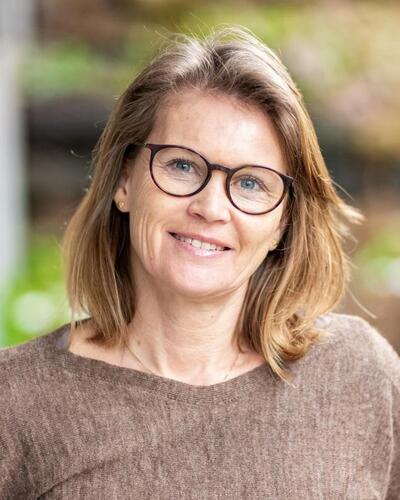Norwegian Grief support – NORHJELP
The main objective is to map bereaved parents and siblings need for help after the sudden and unexpected loss of a child or sibling. In addition, explore potential gaps between the bereaved’s need for professional help and the help that is offered from primary health services in their municipality.

Main content
Short description
This study explores what help bereaved parents and siblings receive after the sudden and unexpected death of a child. The study includes two sub-studies, and maps experiences of both parents/siblings, and of the primary health services.
Background
The sudden and unexpected loss of a child is a very traumatic experience, and often leads to an intense and long-lasting grief process. The loss affects the whole family, and bereaved often have a need for professional help, preferably outreaching and continuous help. This study explores bereaved parents’ and siblings’ need for help after the sudden and unexpected loss of a child or sibling. In addition, the study maps potential gaps between the bereaved’s need for professional help and the help that is offered from primary health services in their municipality. The study is partly a replication of a study that was conducted 20 years ago, and a part of the study is to explore if the changes in the health services have had an impact on the help that is provided. Has the help that bereaved receive improved after the implementation of health reforms, national guidelines and changes in the health services?
Aims and research questions
The primary aim of the study is to explore bereaved parents’ and siblings’ need for help after the sudden and unexpected loss of a child, and to explore if there are gaps between the bereaved’s need for professional help and the help that is offered from primary health services in their municipality.
Research questions for bereaved:
- What are bereaveds’ need for professional help after the loss, short-term and long-term?
- What is the relationship between need for help, and the follow-up bereaved receives in the primary health services? Are they satisfied with the help? What factors predict satisfaction with the received help?
- What is experienced as most and least useful help?
- What do the bereaved parents and siblings experience as barriers for seeking and receiving help?
Research questions for primary health services:
- What help and support is offered to bereaved parents and siblings?
- How is the help organized?
- What are the challenges for offering good help?
- How do the primary health services experience giving help to bereaved?
Brief design and methods
The study consists of two sub-studies: named the bereavement study and the municipality study. The bereavement study focuses on the bereaved's need for help at various times in the grief process, and the experiences they have had with the primary health services. This knowledge may contribute to identifying areas of focus and the need for improvement in the health care system.
The municipality study focuses on the experiences of primary health services (e.g. crisis teams and services for psychosocial follow-up in the municipalities) in providing help and support to bereaved, and to understand how the primary health services work and organize the help being offered. This may provide important insight into what knowledge and competence is needed to provide the best possible help and support.
Overall, the findings from the two sub-studies complement each other in exploring to what extent the needs for help and the offered help match, and what is required to provide the best possible help for bereaved families.
This is a mixed-methods study, with a parallel convergent design. Participants in the study complete a questionnaire, in addition to interviews being conducted with bereaved parents and siblings.
Time frame
2022 - 2026
Related persons:
Nataskja Kersting Lie
Pål Kristensen
Josefin Sveen
Iren Johnsen
Trine Giving Kalstad






